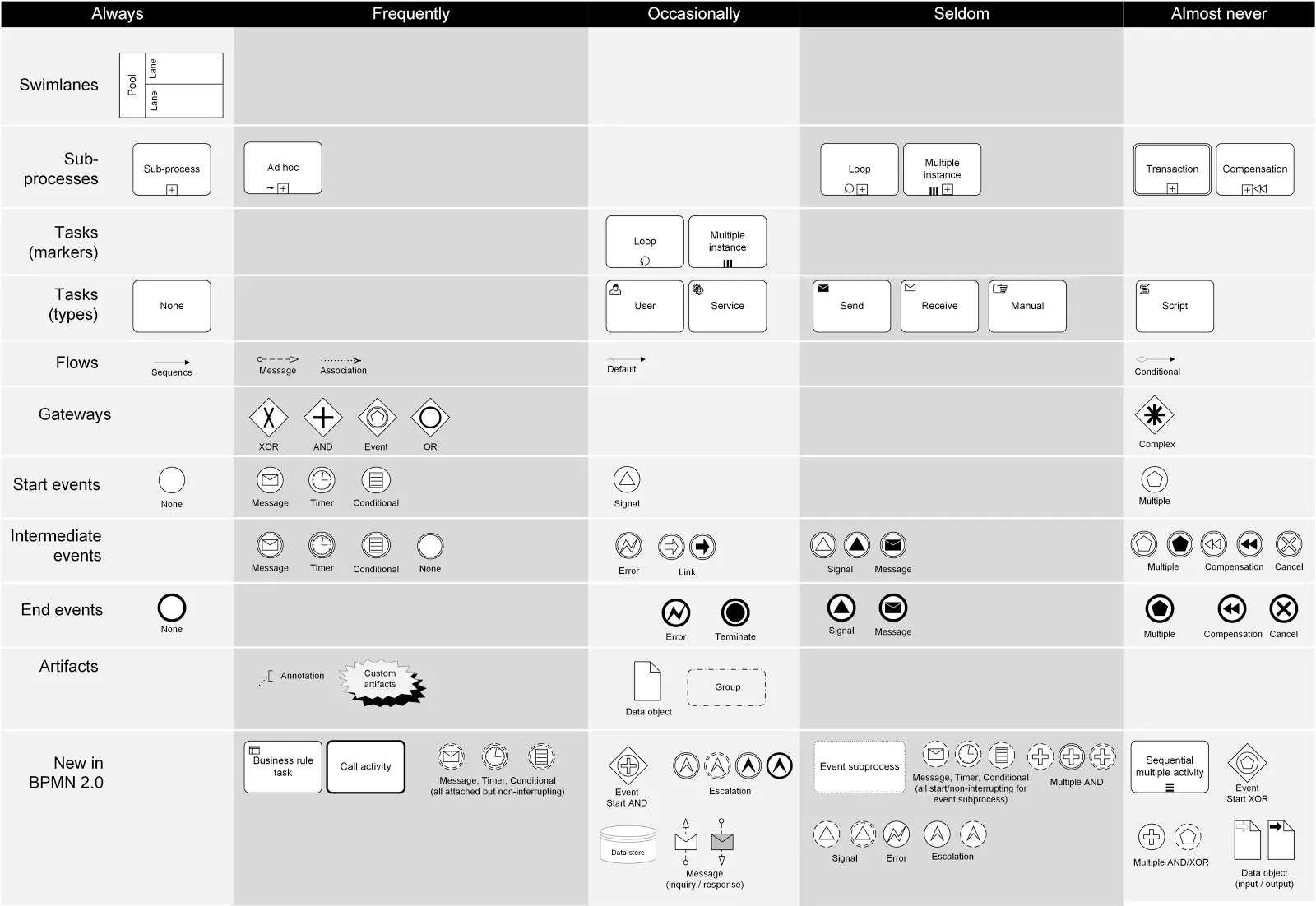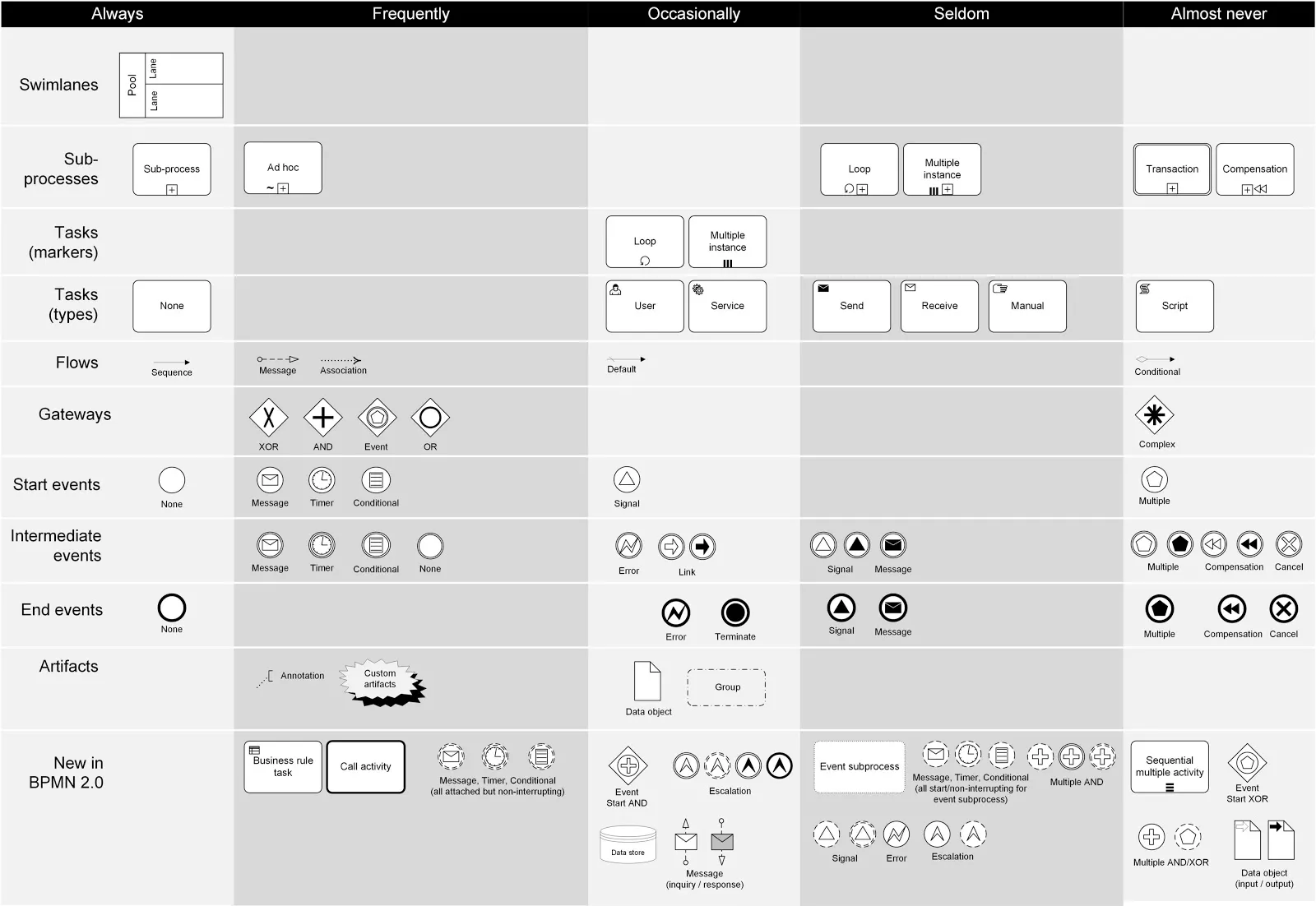Back in March, I conducted the webinar: “Monitoring & Orchestrating Your Microservices Landscape using Workflow Automation”. You can find the recording of the webinar online, as well as the slides. Not only was I overwhelmed by the number of attendees, but we also got a huge list of interesting questions before and, especially, during the webinar. I was able to answer some of these, but ran out of time to answer them all.
So I want to answer all open questions in this series of seven blog posts covering:
- Part 1: BPMN & modeling-related questions (6 answers)
- Part 2: Architecture related questions (12)
- Part 3: Stack & technology questions (6)
- Part 4: Camunda product-related questions (5)
- Part 5: Camunda Optimize specific questions (3)
- Part 6: Questions about best practices (5)
- Part 7: Questions around project layout, journey and value proposition (3)
We’ve also started to experiment with the Camunda’s Question Corner - an open opportunity to put your questions to Camunda experts in an interactive and fun online webinar - so keep an eye on the Camunda Forum for more details.
BPMN & modeling-related questions
Q: How to present BPMN diagrams so that common people can understand it?
There is no simple answer to that. But in my experience most people can understand a basic subset of BPMN easily. For our Real-Life BPMN book, we created a chart showing the elements we see used most often in automation-related projects:

#monitoring-microservices #microservices-orchestration #workflow-automation #bpmn #workflow-modeling #bpmn-diagrams #camunda-process-engine #hackernoon-top-story
